Ink & Pixel is a source of pride and joy for me as a writer and as such, I'm always striving to take this column further for those who read and enjoy it. In an effort to widen the reach of our continuously growing fanbase, Ink & Pixel has been granted permission to broaden its horizons with the inclusion of films from the Horror, Sci-Fi, and Fantasy genres. I hope that you enjoy this bold new direction for the column. Additionally, if you yourself, or anyone you know, helped to make any of the amazing feature films found within this column, I would love to talk to you to further my knowledge. Please contact me at [email protected] so we can discuss it further.

Since the 1950s, the Lego toy company has produced hundreds of play sets, featuring themes inspired by: fictional cityscapes, outer space exploration, farm living, prehistoric wastelands, pirates adventure, medieval times, as well as an astonishing number of licensed pop culture franchises like The Simpsons, Harry Potter, Jurassic Park, Star Wars, and much more! For generations, the simple, multi-colored plastic bricks have served as tools for providing youngsters (and adults alike) with countless hours of fun. The Lego brand itself provides its costumers with a choice: You can simply adhere to the instructions and build what's featured on the box-art, or, you can invite a beautiful chaos into your play time by mixing and matching bricks from every play set under the sun. The choice is yours, making Lego one of the most treasured toys for more than half a decade!

It's quite the wonder that it took Hollywood so long to capitalize on the popularity of Lego, before harnessing the power of its various blockbuster franchises, and making them ready for the big screen. That said, I'm certain that the copyright laws were a nightmare to sort through. Then there's the challenge of assuring the film's success by penning a compelling script in addition to securing an effects team that can adequately bring all of those ideas to fruition. I happen to know first hand that it was a very interesting and arduous process. That's why I thought THE LEGO MOVIE would be a perfect fit for this week's Ink & Pixel.

Distributed by Warner Bros. Pictures in February of 2014, THE LEGO MOVIE is a CGI-animated action-adventure comedy built to please family members of all ages. The film was directed and co-written by both Phil Lord (CLOUDY WITH A CHANCE OF MEATBALLS, 21 JUMP STREET) and Christopher Miller (CLONE HIGH, THE LAST MAN ON EARTH). The movie stars an assortment of new and familiar characters hailing from the rich history of Lego brand products. Lending their voices to the central cast are Chris Pratt, Will Ferrell, Elizabeth Banks, Will Arnett, Nick Offerman, Alison Brie, Charlie Day, Liam Neeson, Morgan Freeman, as well as many others who serve to bring the film's diverse cast of characters to life.

If you have yet to see THE LEGO MOVIE, this next paragraph is for you. Meet Emmet (Chris Pratt), your average work-a-day Lego mini-figurine. One evening, while completing his end-of-the-day routine as a construction site safety inspector, Emmet spies a mysterious female digging through the rubble of the crew's latest excavation. Upon investigating the beautiful stranger, Emmet tumbles down through a hole in the ground. After landing face first at the bottom of a cavern, he discovers a foreign object known to only a select few as “the Piece of Resistance”. Entranced by its shininess, Emmet takes hold of the object and is then transported into a prophetic dream-space. While floating about the ether, Emmet discovers that he is indeed unique among his fellow Lego-folk, when an omnipresent voice informs him that he has been chosen to become a harbinger of change known as “the Special”.

Shortly thereafter, Emmet comes to find himself involved with a rogue group of gifted individuals claiming to be “master builders” – each capable of manipulating the building blocks of their world in order to create elaborate constructs that aid in the protection of everyone who lives in Legoland. Together, Emmet, Wyldstyle (Elizabeth Banks), Vitruvius (Morgan Freeman), Unikitty (Allison Brie), and Benny the Spaceman (Charlie Day) must find a way to thwart a doomsday scenario perpetrated by the evil Lord Business (Will Ferrell) – a charismatic villain aiming to use the “Piece of Resistance” to complete a machine that will see the end to freewill and creativity throughout all of Legoland, forever! Dun dun dunnnnnnn!

Before we get into some of the finer details of how this movie came to life, perhaps a quick recap of how Lego began is in order? The first batch of the “automatic binding bricks” were produced inside of a small workshop located in Billund, Denmark, circa 1949. Owned by Ole Kirk Christiansen, the workshop got the idea for the plastic toy bricks after being given a sampling of “self-locking bricks” by United Kingdom plastic toy manufacturer, Kiddicraft. With the purchase of an injection-molding machine, Christiansen's Lego company began work on producing and experimenting with different recipes for manufacturing the plastic pieces. In fact, it wasn't until 1963 that the Lego brick formula was finalized and ready for mass production. Steadily, the popularity of the toy began to grow, and well, here we are.

I'd say that it's a fair assumption that we're all quite familiar with the vastness of the Lego universe, correct? Perhaps while perusing the toy section of your local department store you've seen the Architecture, Bionicle, Duplo, Chima, Technic, Classic, and various other trademarked sets that decorate the shelves? Now, imagine the task set upon Production Designer Grant Freckelton in deciding what and who to include from the catalog and locations available to him. Even designing someone like Emmet, a character that is meant to appear ordinary in every regard, proved to be a bit of a challenge. As an example, upward of 150 hairstyles were considered when designing Emmet's “average Joe” appearance.

Among the many demands that present themselves when building a cast of characters for an animated film, one of the most daunting (in my humble opinion) has to come with choosing the colors for each and every cast member and object on screen. Consider this, when receiving information, the human eye relies on an operation known as visual working memory (VWM) when sorting out the copious amounts of stimuli presented to it. The job of your VWM is to actively retain information for upcoming goal-directed behavior. In other words, it prioritizes color and movement, making the combinations and placement of the stimuli crucial to your understanding of what you see on screen. Understanding how VWM factors in, when incorporating so many colorful worlds into your animated film, is a mistake that designers cannot afford to make if they're hoping to entertain in addition to not over-stimulating their audience members.

In terms of research for the film, Phil Lord, Christopher Miller, and the film's producer, Dan Lin, traveled to Legoland in Denmark. Whoa! Hold up a minute. You're telling me there's a real Legoland that exists and I've never been there? This aggression will not stand, man. Eh, I'll address this grievous injustice on my own time. Anyway, this place is like the Willy Wonka Chocolate Factory of Lego. I'm not kidding, they've even got robots that operate on per-programmed directives to gather and deliver Lego parts to different locations throughout the factory. Each one comes with a series of built in sensors that help the robot to become spatially aware of its surroundings, limiting the amount of on-site accidents while handling the thousands of Lego parts that are sent for packaging, every day!

If you're like me, you're probably wondering just how much of THE LEGO MOVIE was achieved using practical effects in conjunction with CGI animation. Well, the truth is that real Legos were used during the making of the film, but mostly in providing the animation team over at Animal Logic with Lego models that they would then re-create inside of a CGI-3D space. Chris McKay, the film's Animation Supervisor, Co-Editor, and Animation Director packed his bags and actually moved to Sydney, Australia, in an effort to oversee the construction of the film's effects. Believe it or not, though you really should since I would never lie to you, each and every Lego object you see in the film was made using real Legos. Okay, so maybe they weren't real, plastic Legos, but the good folks over at Animal Logic did develop a complex algorithm that allowed them to build digital Lego characters, locations, and vehicles using the same pieces that we've been playing with for years!

Everything was awesome when it came to THE LEGO MOVIE's box office run! The film performed absurdly well during its 30 weeks inside of theaters, and managed to walk away earning a worldwide total of $468,760,692! Imagine all of the Lego sets you could buy with that much money! What really blows my mind is that the film was made using only a budget of $60 million! The returns on this movie, in addition to all of the corresponding Lego brand merchandise, have guaranteed that we'll be seeing more silver screen adaptations from the land of Lego for years to come. Actually, 3 new Lego films have already been announced, including: Ninjago (2016), The Lego Batman Movie (2017), and The Lego Movie 2 (2018).

What did I think of THE LEGO MOVIE? You can find my detailed thoughts included in this Ink & Pixel: Special Edition: Top 5 Animated Films of 2014 article. As a long-standing fan of the plastic toy bricks, I could not be more excited to see THE LEGO MOVIE become a worldwide phenomenon, and I hope to see the forthcoming films perform just as well, if not better! Yes, Lego is a product that could do with a lesson when considering its equal-representation for both its male and female audience, but that takes nothing away from it being a cherished tool in which to learn, build, and nourish the imaginations of millions. Long live Lego!


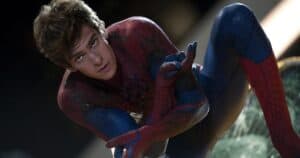
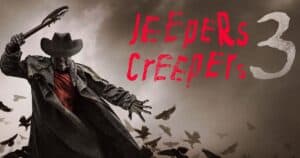
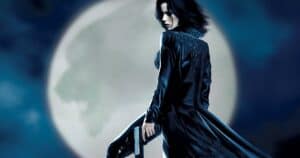
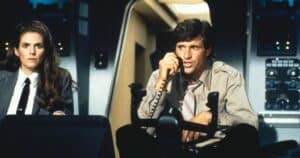

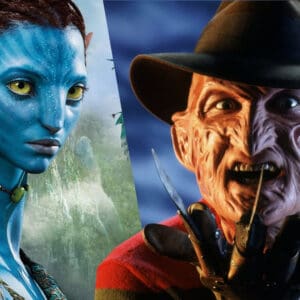
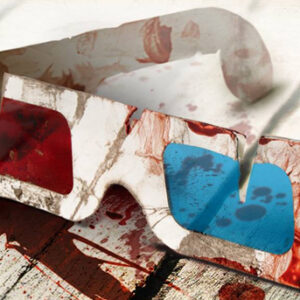
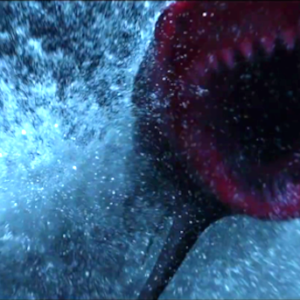
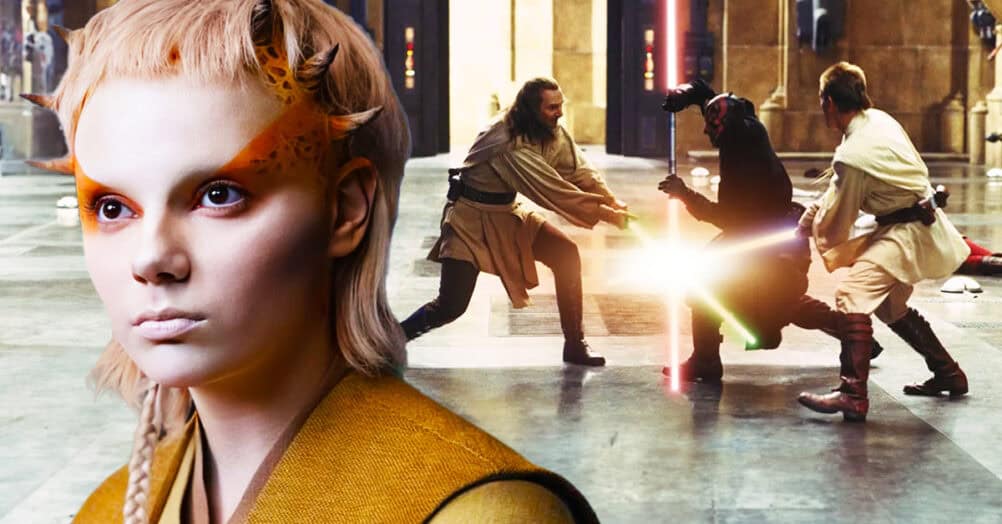
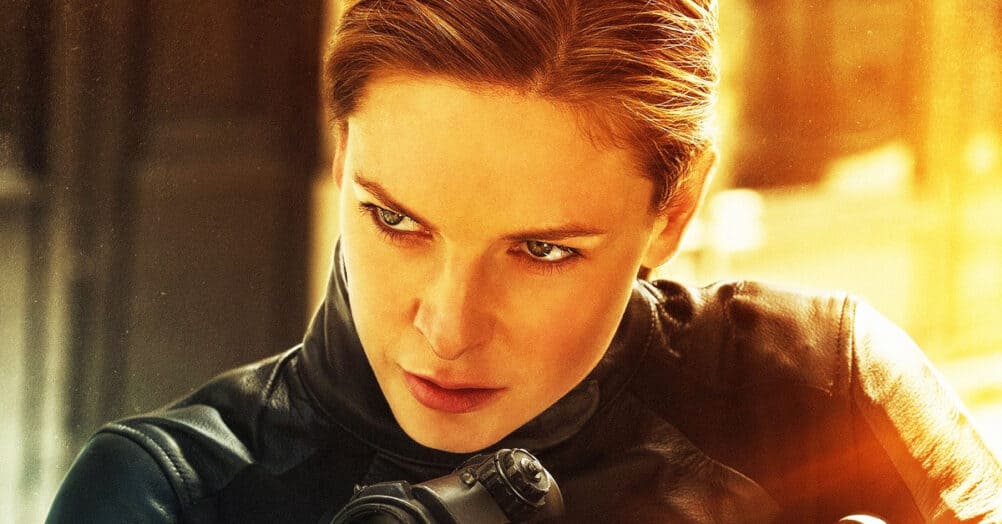
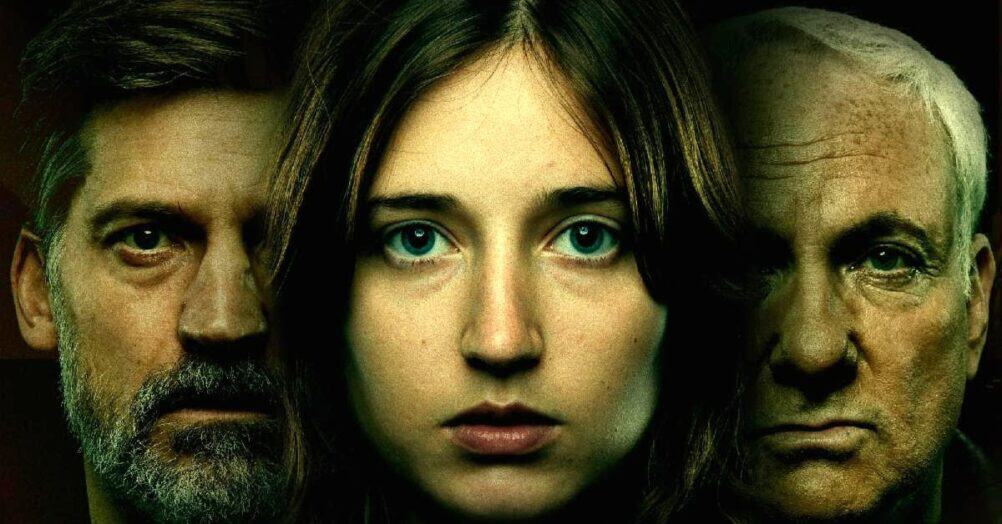
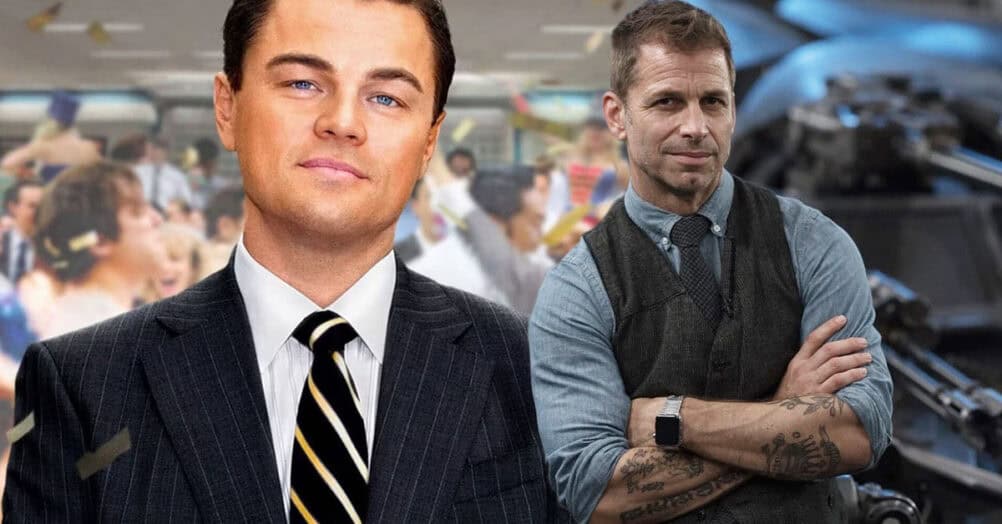
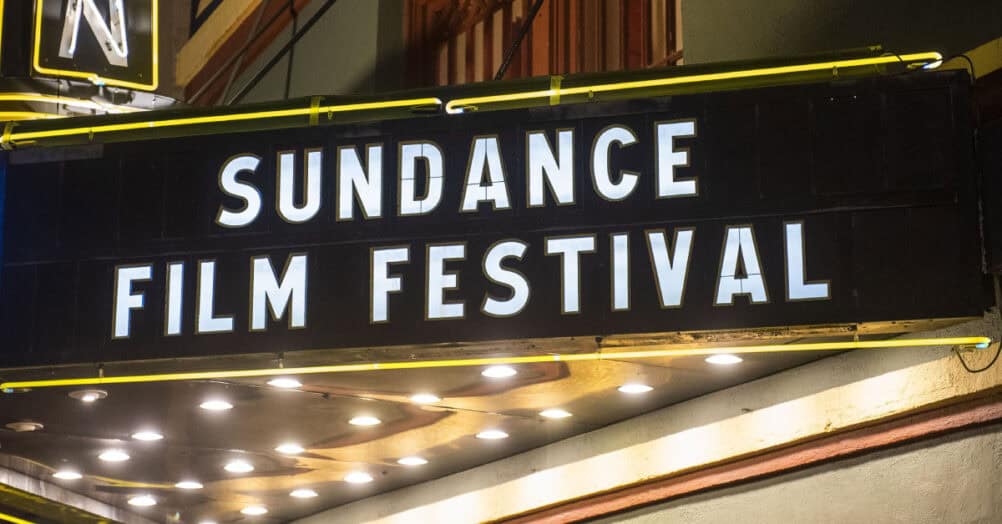
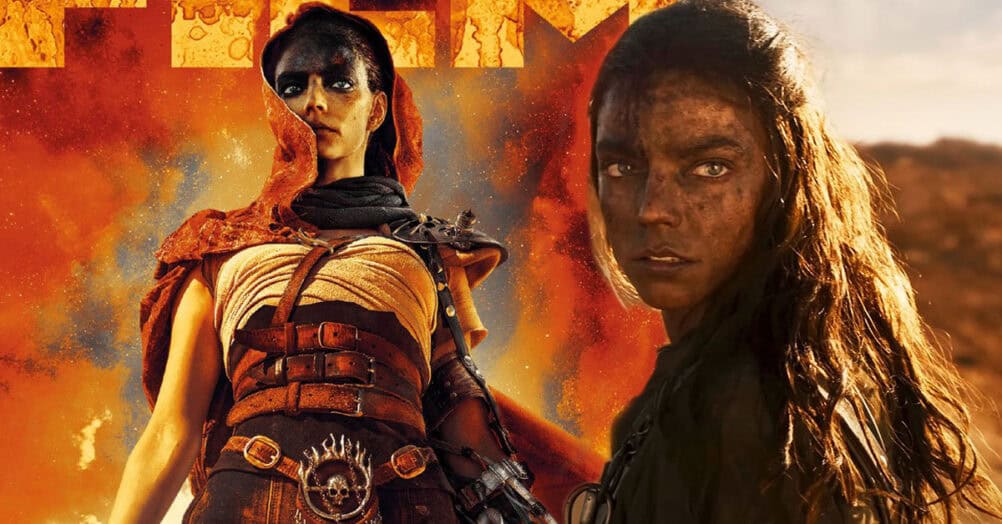

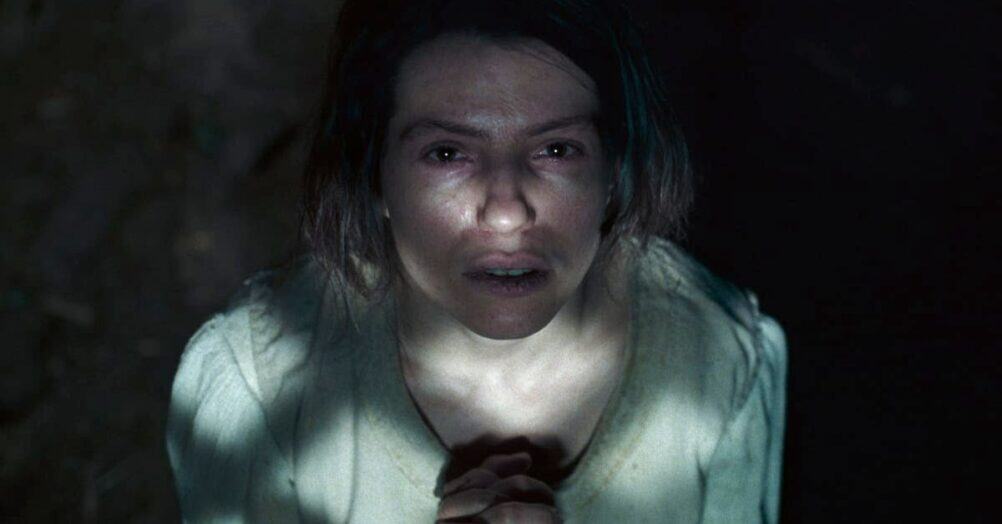
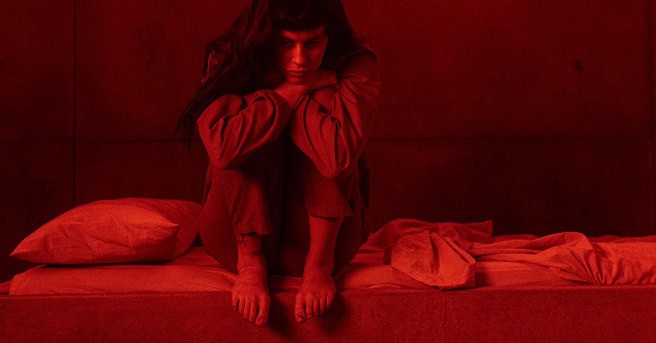
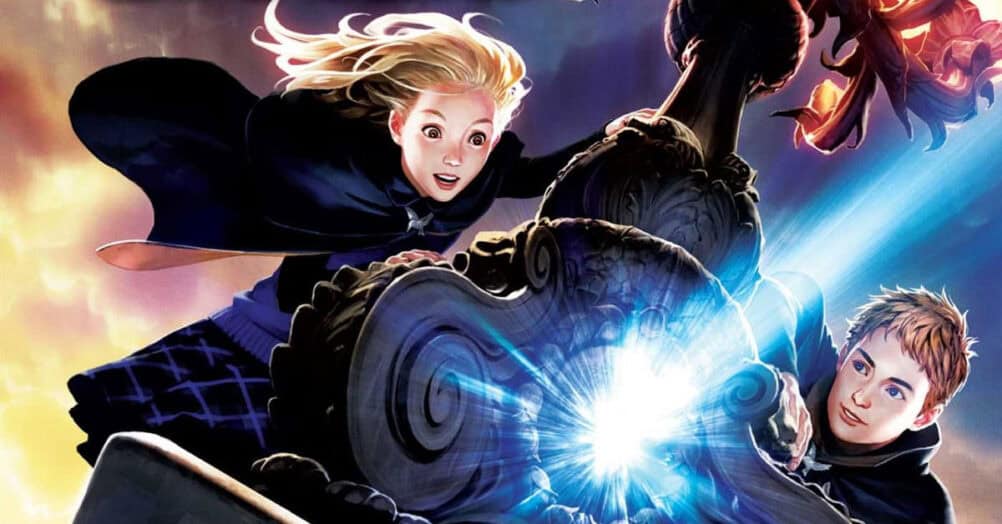
Follow the JOBLO MOVIE NETWORK
Follow us on YOUTUBE
Follow ARROW IN THE HEAD
Follow AITH on YOUTUBE